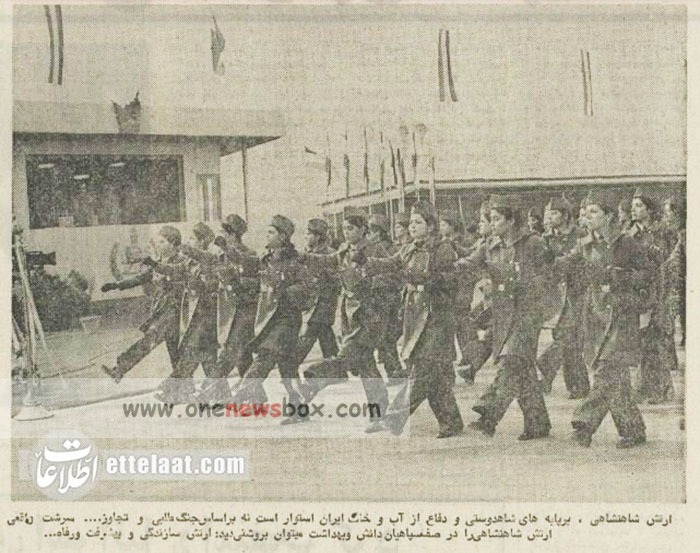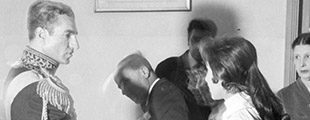The events of the 1940s, particularly the Azerbaijani movement for autonomy, were a source of tension in Iran. When the Soviet Union was a major player in Iran’s north, Iranian leaders viewed any separatist movements as a serious threat to national unity. The 1945–1946 Azerbaijani revolt, supported by the Soviet Union, was crushed by Iranian forces, consolidating the power of the central government. The defeat of this rebellion and the subsequent reassertion of control by the central government were events that the Pahlavi regime used to its advantage, and the December 11 parades served as a yearly reminder of the strength and stability of Iran’s ruling monarchy.The 1974 parade on the Tehran-Karaj highway was particularly emblematic of the Pahlavi regime’s desire to demonstrate military power and national unity. The Shah’s decision to hold the event on the Tehran-Karaj highway, a prominent route connecting the capital to the industrial hub of Karaj, symbolized the connection between the capital’s political elite and the expanding infrastructure of the nation. By hosting the event on such a route, the regime emphasized its developmental agenda and its efforts to modernize the country. The visibility of the military parades on this route signified Iran’s growing industrial and military prowess.
Photos of young army girls parading in front of the Shah
[custom_adv]

